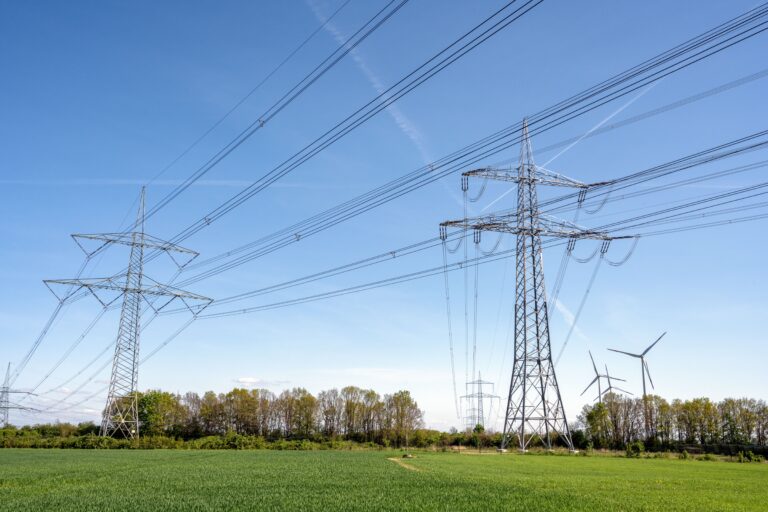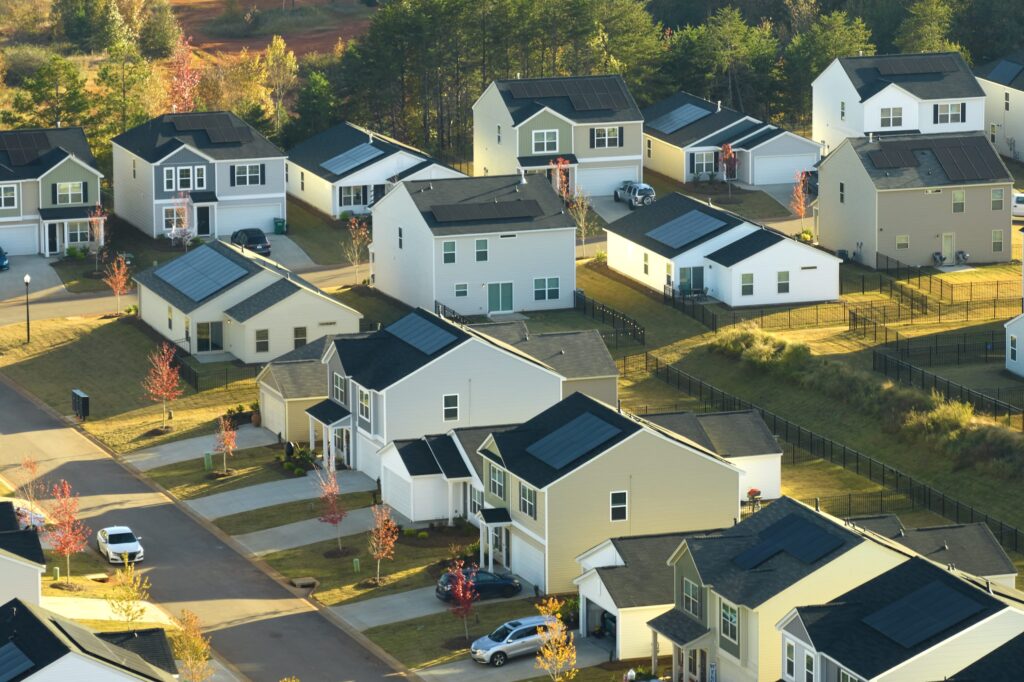The Origins of Earth Day
Earth Day was first held in 1970 in the United States, sparked by a growing awareness of pollution and environmental degradation in the 1960s. The idea was introduced by U.S. Senator Gaylord Nelson, who wanted to create a national day focused on environmental education.
On April 22, 1970, an estimated 20 million Americans participated in rallies, teach-ins, and local events to raise awareness about air and water pollution, waste, and other environmental challenges.
The momentum from this first Earth Day helped lead to the creation of the Environmental Protection Agency (EPA) and the passage of foundational environmental laws, such as the Clean Air Act, Clean Water Act, and Endangered Species Act.
A Global Movement
Today, over 190 countries recognize Earth Day. It’s become the largest civic environmental event in the world, bringing together individuals, schools, businesses, and governments to raise awareness, share knowledge, and inspire action around environmental challenges.
Earth Day now serves as a key moment each year to:
- Encourage everyday actions that contribute to long-term environmental health
- Acknowledge the current state of the environment
- Educate people on sustainable practices
- Promote innovations in clean energy and conservation





Photos of Syncarpha’s “Green Team” celebrating Earth Day by joining the Earth Day Tree Planting in Bronx Park on 4/22/2025
Earth Day & Clean Energy
Energy plays a major role in environmental impact. Earth Day provides an opportunity to explore and understand the role of renewable energy in reducing emissions, supporting energy independence, and building more resilient communities.
For example:
- Solar energy produces electricity without emitting carbon dioxide or other air pollutants.
- Community solar projects expand access to renewable energy by allowing individuals and businesses to subscribe to a share of a local solar array—without upfront costs or individual rooftop installations.
- Battery storage helps store clean energy for use when the sun isn’t shining, improving grid reliability.
At its core, Earth Day is about education, awareness, and progress. It’s not just about celebrating the planet—it’s about understanding our relationship with it and how small changes, over time, can lead to a larger impact.
Whether you’re an individual looking to make smarter choices or part of a larger organization involved in clean energy, Earth Day serves as a timely reminder that thoughtful decisions—big and small—shape our future.
Are you interested in joining a community solar project with Syncarpha?
Please visit our community solar website to see if you’re eligible.
Community solar empowers subscribers to:
- Lower emissions by supporting local solar energy production
- Save money through guaranteed energy bill discounts
- Participate in clean energy without upfront costs or long-term commitments









